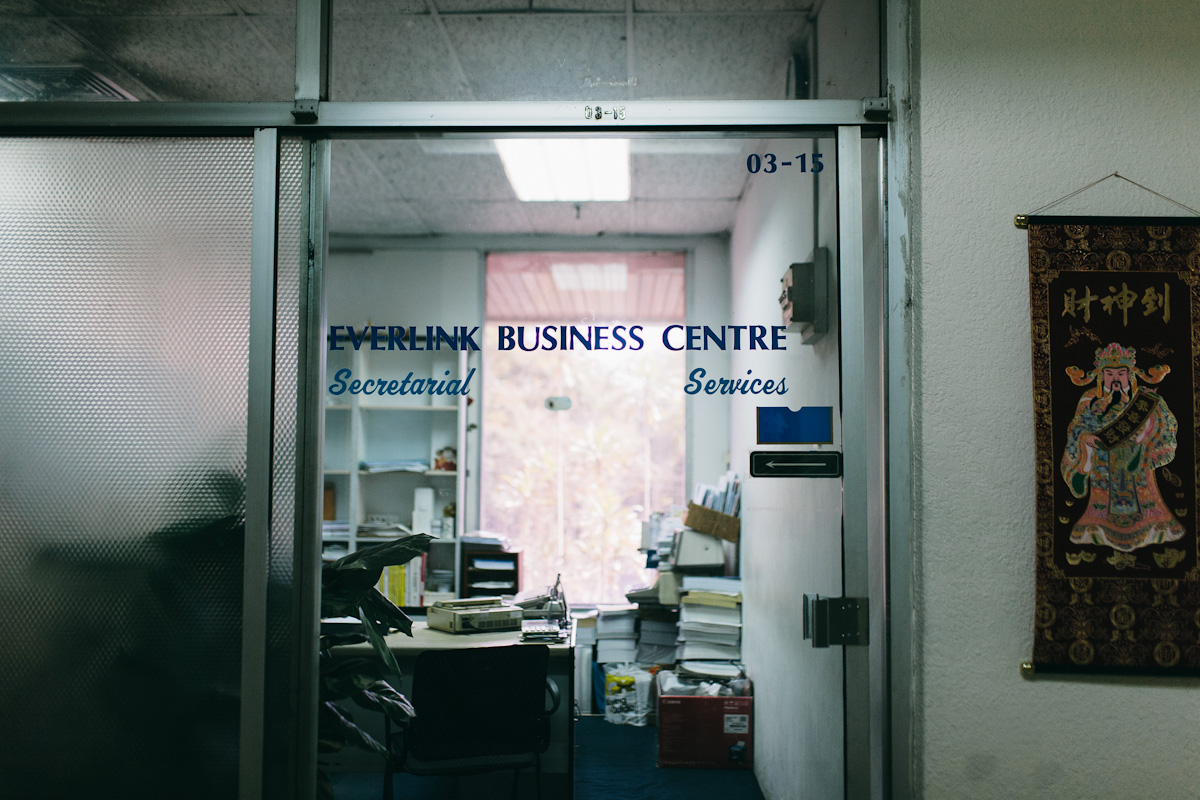My family moved to Bukit Timah in 1999, one year before the Y2K bug was scheduled to wipe out the world's computers. I turned 13 that year. It was also the same year our lives started converging with that of an old shopping mall across the road - Beauty World Plaza.
Back in 1999 that particular stretch of Bukit Timah was a quiet, undisturbed area, a kind of paradise, particularly during the afternoons, when it would be populated by only maids, housewives and students. Everyday after school I would get off the bus and embark on a 15-minute walk home. Every walk inevitably took me through Beauty World Plaza. At that time the mall already seemed to me like a place that had been through its fair share of history. Many years later, I would find out, upon some research, that before its reincarnation as Beauty World Plaza, the mall was once part of an old market known as Beauty World Town. When the market was torn down (due to its tendency to catch fire), many vendors were relocated, but some stayed on in the area, shifting their shops to Beauty World Plaza.
Recently, on my last trip to the mall, I could not help but feel that the rest of Singapore has moved on, leaving behind Beauty World Plaza to live with its past. Many of the shops here have closed. Walking along one of its corridors, one gets an eerie sense of emptiness. Doors are shuttered, shop windows blacked out. Some of the outlets are occupied by companies who might be here to make use of the mall's relatively cheap rent. There are a couple of vendors selling food. A barber shop (with the nostalgic-sounding name "Lucky Star Hair Dressing Salon") run by an Indian man in his 80s and his son. A tailor. A clinic. A store peddling sports goods. A few laundry and dry-cleaning shops. Most of them have been here for more than 30 years, forming a solid community. When I ask why they have not left like the many others, the answer is always inevitably: "Why should we move? We are comfortable here."
The construction of a new MRT line in Bukit Timah today suggests that things might change in the near future. With the arrival of more visitors, the mall might be compelled to upgrade itself to attract more customers. Some vendors might be forced out to make way for more fashionable ones. Like many other old malls in Singapore, it might soon be torn down, reduced to dust, becoming merely a faint memory in people like us, a minority in Singapore who understand all too clearly the perils of moving on too soon. And too fast.
Photographs and text for the National Library Board x Singapore Memory Project.































